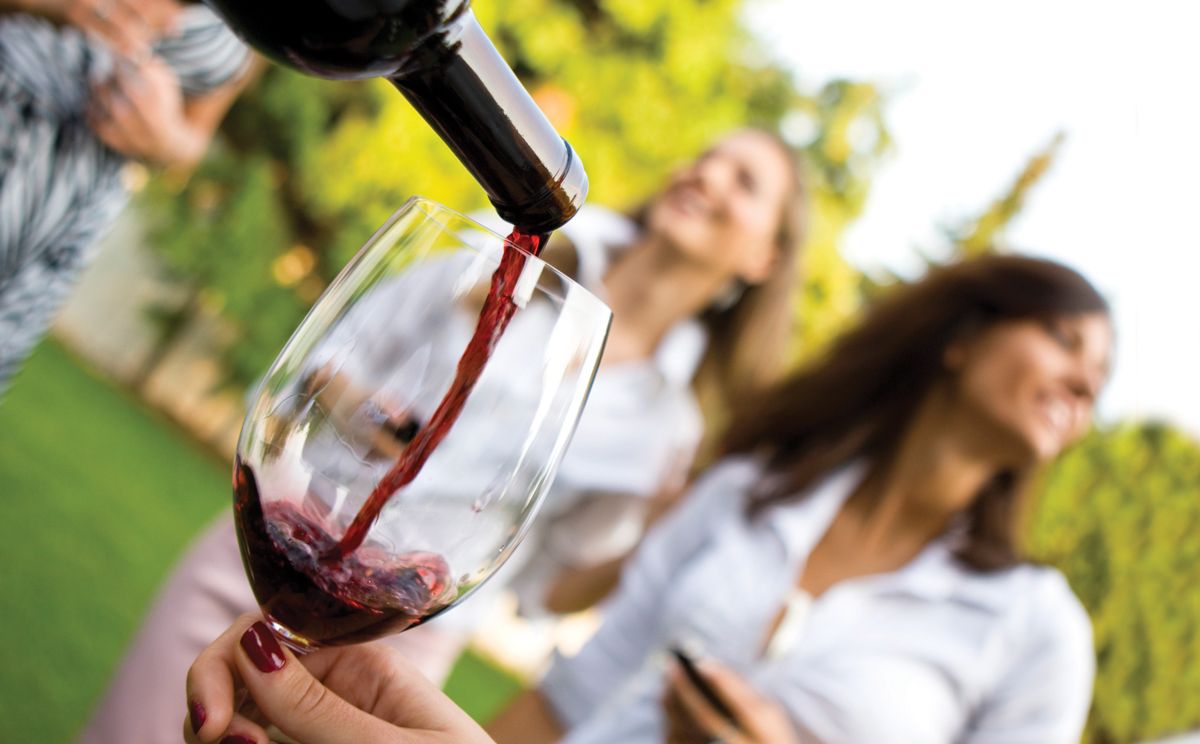525 W Monroe Street, Chicago, IL, United States of America, 60661
Feeds

Loading feeds please wait a moment
About

Wine Industry Experts
Providing premium packaging solutions for over 100 years. Wine has been part of the human experience going back centuries and today it is still enjoyed by connoisseurs, collectors, and casual enthusiasts alike. It is a beautiful and complex product shaped by its ingredients, terroir, and aging. Packaging is essential to protecting all of this character, and it is also a key element of the marketing and consumption experience.
Berlin Packaging has provided packaging solutions to wineries, distributors, and brand owners for decades. We help brands succeed in the marketplace with superior, affordable packaging delivered on time and within budget. From market insights to sustainability strategies, stock options to custom design, Berlin Packaging has the experience and expertise to help companies build their bottom line.
Comprehensive Approach:
Our expansive suite of services and global capabilities allow us to effectively meet all of your packaging needs:
- Bottles & Closures
- Variety of Materials
- Stock Options
- Custom Structural Design
- Brand Strategy
- Brand Design
- Sustainability Capabilities
- Inventory Management
- And more…
We supply:
- Burgundy
- Claret
- Hock
- Champagne
- Reverse Tapered Claret
- Specialty Formats
- Color Options
- Closures
- Shippers
- Secondary Packaging
About Berlin Packaging
Berlin Packaging is the world’s largest Hybrid Packaging Supplier® of plastic, glass, and metal containers and closures. The company supplies billions of items annually along with package design, financing, consulting, warehousing, and logistics services for customers across all industries. Berlin Packaging brings together the best of manufacturing, distribution, and income-adding service providers.
Contact
Contact List
| Title | Name | Phone | Extension | |
|---|---|---|---|---|
| No contacts found | ||||
Location List
| Locations | Address | State | Country | Zip Code |
|---|---|---|---|---|
| Berlin Packaging Inc. | 525 W Monroe Street, Chicago | IL | United States of America | 60661 |


